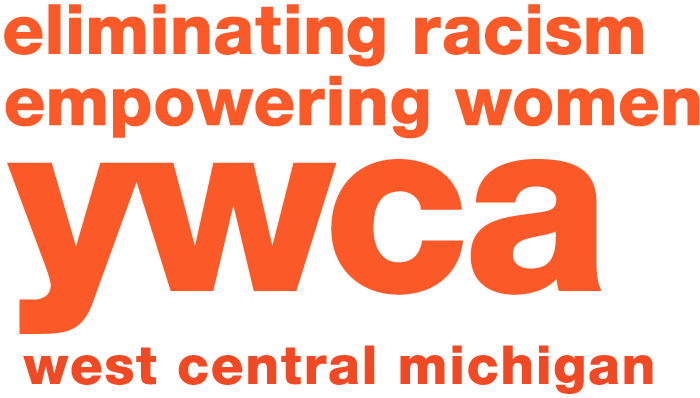Trauma-Informed Yoga Brings Calm and Healing to Survivors
The nervous system isn’t just in the brain — it travels through the whole body, meaning the emotions we feel are felt throughout our bodies. That’s why the YWCA introduced trauma-informed yoga classes for survivors of domestic and sexual violence last year, as a complement to traditional therapy.
“Anxiety, depression, and trauma really do get stuck in the body,” said class instructor Betsy Rosenbrook, MSW and registered yoga teacher. “Yoga postures can help release those emotions.” The practice of yoga is especially beneficial for those who have endured physical sexual trauma, where their body has essentially become a crime scene. “It helps reconnect the person to their body and find safety in it again,” said Betsy. “They are in charge of their body. There’s an empowerment there.”
The class also focuses on breathing techniques to help teach the body to be calm — tools that survivors can use wherever they go. Surveys from class participants have shown reduced feelings of anger, sadness, and anxiety with dramatic increases in feelings of calm, focus, and being clear-headed. Said Betsy: “We get a lot of return people, a lot of engagement after class. It can be difficult, but they know it’s important and they’re willing to keep trying.”
Try it yourself! Find calm in the breath and posture of Child’s Pose:
- Come to your knees and bring the hips back toward the heels, forehead down to the floor and arms out long in front of you.
- Breathe in to the count of six, and out to the count of eight for a long, slow exhale.
- Check in with yourself before and after the pose – do you feel calmer? More relaxed? Less anxious?
